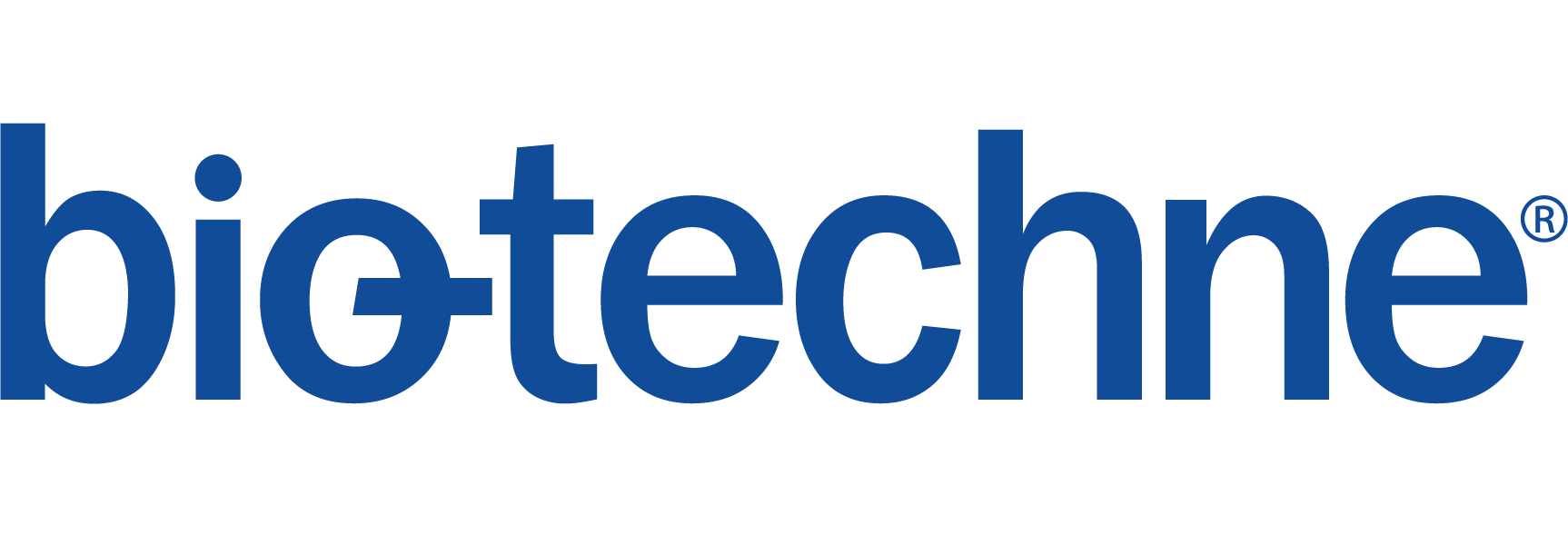Download this complimentary Expert Insights eBook today!
This Expert Insights eBook hopes to provide more information on TPD to traditional ELISA analysts, western blot users, life science researchers, and scientists across biopharmaceutical industries and academia, enabling you to further your studies in this field.
What you will learn about:
- Design considerations for PROTAC® development
- How fully automated westerns enable cutting-edge TPD research
- Validating targets for TPD using dTAG – a comprehensive workflow solution
- Automated profiling of PROTAC®-induced cereblon neosubstrate degradation using Simple Western™

More Information
For cells to maintain protein homeostasis, they make use of two pathways − the ubiquitin-proteasome system (UPS) and autophagy-lysosomal degradation. In the UPS, proteins are initially ‘tagged’ by multimers of the ubiquitin protein, followed by their breakdown by a large enzyme complex known as the proteasome. Autophagy sequesters proteins in double-membrane vesicles and delivers them to the lysosome for breakdown.
New chemical biology tools are allowing the manipulation of these two cellular processes with the concept of targeted protein degradation (TPD). The advantages of TPD have resulted in a considerable degree of interest in both the pharmaceutical industry and academia due to its potential drug discovery capabilities.


